
PAMVERC TEST FACILITIES
Insecticide Testing Facility (ITF)
Is among the PAMVERC-Moshi site facilities that were accredited in 2017 for phase I studies. There are five technicians who are well trained, to carry out both GLP and Non-GLP studies. The facility has nine rooms, namely holding room, two testing rooms, spray room, phase I wash room , chemical store, whole net store, treated block store and untreated block store.-
Test system receiving room
This is a room where mosquitoes for testing are received from insectary. It is well separated from other rooms, with all equipment (heater, air conditioner and humidifier) to maintain the necessary conditions specified in study plans. It is in this room that mosquitoes are sorted or prepared for testing.
Test system receiving room -
Testing rooms -for bioassays
There are two testing rooms equipped with AC, heater and humidifier; also incubator for holding mosquitoes after exposure, refrigerator, data loggers, thermometers, marble working benches, mosquito cages, racks and shelves.
Testing Room -
Spray room
Equiped with air extraction fan. Different types of substrates are sprayed in this room, using a Potter tower spayer. Other equipment in the spray room are weigh scales, pipettes, Vortex machine, fume hood, sonicate machine and Magnetic stirrer.
Spray Room -
Phase I wash room- for washing net pieces
There are two water baths; Julabo shaker bath and Memmert water bath. Other equipment include low temperature oven, weighting scale, thermometers, deionizer machine, TDS meter, and temperature probe.
Phase I wash room -
Chemical store- for storing test items
The room has two cabinets and a refrigerator. The cabinets are used for storage of chemicals including insecticides.
Chemical store -
Whole net store
- A big room where whole nets, net pieces & panels and other fabric materials are stored
- A room where nets are prepared for bioassays
- A room where washing and drying of whole nets for both phase I and phase II studies is carried out
-
Treated block store-for storage of treated blocks/substrates
It is fitted with a humidifier and heater for regulating the room conditions.
Treated block store -
Untreated block store-for preparation of mud and concrete substrates
The room has heater and humidifier and a weighing scale
Untreated block store
Insectary
There are three insectaries (Moshi, Harusini and Mabogini) where pyrethroid susceptible and resistant strains of An.gambiae sensu stricto, An. Arabiensis, Culex quinquefasciatus and Aedes aegypti are reared
- Susceptible strains:
- Anopheles gambiae s.s (Kisumu strain), Culex quinquefasciatus (TPRI strain) and Aedes aegypti (LSHTM strain)
- Pyrethroid resistant strains:
- Anopheles gambiae s.s (Muleba-Kis strain), An. gambiae s.s (RSP strain), An. gambiae s.s (Muleba strain) and Culex quinquefasciatus (Muheza strain).
- Occasionally, resistant strains are subjected to selection pressure to maintain thier resistant phenotypes
- Molecular tools are used to screen our colonies for their resistance profiles.
- The average numbers of Anopheline and Culicine strains produced per month are about 12000 and 6000 respectively.



Mosquito colony facts
1. Anopheles gambiae s.s-kisumu strain
| Colony name | Kisumu | ||
|---|---|---|---|
| Species | Anopheles gambiae s.s | Country of Origin | Kisumu, Kenya |
| KCMC Colony established (year) | 2001 | Phenotypic characteristics | Susceptible to all insecticide classes |
| Source of colonisation | TPRI, Arusha (Adults collected during Gates Vector Control Project under the JMP) | Selection Procedure | Not selected |
| Genotypic characteristics | Susceptible | ||
2. Anopheles gambiae s.s-muleba-kis
| Colony name | Muleba-Kis | ||
|---|---|---|---|
| Species | Anopheles gambiae s.s | Country of Origin | Tanzania |
| KCMC Colony established (year) | 2012 | Phenotypic characteristics | Resistant to pyrethroids |
| Source of colonisation | Wild-collected Pyrethroid resistant An.gambiae s.s from Muleba District in NW Tanzania was crossed with KCMC susceptible strain of Kisumu | Selection Procedure | Subjected to monthly selection with alphacypermethrin (0.03µ/ml) |
| Genotypic characteristics | L1014S kdr | ||
3. Culex quinquefasciatus -tpri strain
| Colony name | TPRI | ||
|---|---|---|---|
| Species | Culex quinquefasciatus | Country of Origin | TPRI, Arusha |
| KCMC Colony established (year) | 2001 | Phenotypic characteristics | Susceptible to all insecticide classes |
| Source of colonisation | TPRI, Arusha (Adults collected during Gates Vector Control Project under the JMP) | Selection Procedure | Not selected |
| Genotypic characteristics | Not characterized | ||
4. Culex quinquefasciatus -muheza strain
| Colony name | Muheza | ||
|---|---|---|---|
| Species | Culex quinquefasciatus | Country of Origin | Muheza, Tanzania |
| KCMC Colony established (year) | 2001 | Phenotypic characteristics | Resistant to pyrethroids but susceptible to carbamates and organophosphates. Susceptibility testing done twice per year |
| Source of colonisation | Muheza (Adults collected during Gates Vector Control Project under the JMP) | Used to be selected with permethrin. three years back | |
| Genotypic characteristics | Not characterized | ||
5. Aedes aegypti-lshtm strain
| Colony name | LSHTM | ||
|---|---|---|---|
| Species | Aedes aegypti | Country of Origin | London, UK |
| KCMC Colony established (year) | 2006 | Phenotypic characteristics | Susceptible to all insecticide classes |
| Source of colonisation | LSHTM, UK(Eggs were imported by Richard Oxborough) | Selection Procedure | Not selected |
| Genotypic characteristics | Not characterized | ||
6. Anopheles gambiae s.s-muleba strain
| Colony name | Muleba | ||
|---|---|---|---|
| Species | Anopheles gambiae s.s | Country of Origin | Muleba District, Tanzania |
| Moshi Colony established (year) | 2020 | Phenotypic characteristics | Resistant to pyrethroids and DDT |
| Source of colonisation | Eggs from Muleba by Jacqueline Martin Lyimo, hatched and reared at Mabogini field station | Selection Procedure | Not selected |
| Genotypic characteristics | L1014S kdr | ||
7. Anopheles gambiae s.s-rsp
| Colony name | RSP | ||
|---|---|---|---|
| Species | Anopheles gambiae s.s | Country of Origin | Kisumu, Kenya |
| Moshi Colony established (year) | 2011 | Phenotypic characteristics | Resistant to pyrethroids |
| Source of colonisation | LSHTM, UK (Eggs imported from the LSHTM by Richard Martin Oxborough, the former PAMVERC- Moshi study Director) | Selection Procedure | Subjected to selection pressure by exposure to 0.02mg/ml alphapermethrin in 2019 |
| Genotypic characteristics | L1014S kdr | ||
Animal House for breeding Guinea pigs
- Guinea pigs (Cavia porcellus) are bred to provide blood meal source for mosquito colonies.
- Guinea pigs are also used as baits in tunnel tests
- The colony was audited by a qualified veterinarian on 23rd November 2016 and this is now considered the official ‘date established’ for the colony.
- About 120 Guinea pigs are reared at any particular time of a year to maintain research activities.
- Microchips are used to give identity to Guinea pigs
- The Guinea pigs are used for a period of two years then are retired
- The facility has been registered and licensed for breeding of Guinea pigs in Tanzania in compliance with the Tanzania Animal Welfare act of 2008 and the Animal Diseases Act of 2003.
 Organic garden-source of Guinea Pigs food
Organic garden-source of Guinea Pigs food
 Guinea Pigs in pens
Guinea Pigs in pens

Experimental Huts
Twenty seven Experimental huts are located at three sites (Harusini, Mabogini and Pasua) about 16 km from KCMU College in Moshi town.

Harusini Experimental Huts
There are also six experimental huts in Magu 29 Km from Mwanza town
The huts are similar to the ones at Moshi PAMVERC field station.
The huts are similar to the ones at Moshi PAMVERC field station.

Magu Experimental huts
Community Trials
Misungwi field site
The site is within Mwanza region on the southern border of Lake Victoria, Tanzania at an altitude of 1150 meters above the sea level.
The area experiences moderate to high malaria transmission with a prevalence of 46.3% (NMCP, 2017). Malaria vector species include Anopheles gambiae s.s., An. arabiensis and An. funestus. There is also some evidence indicating permethrin resistance in An. funestus and An. Arabiensis.

Map of Tanzania showing location of Misungwi District

Handeni Field Site
The site is located in Handeni District, north-eastern Tanzania. The annual mean temperature ranges from 24oC in highland areas to 32oC in the lowlands. Annual rainfall averages between 200 and 600 mm per year, most of which is accounted for during two rainy seasons, the ‘long rains’ that fall between March and May, and the ‘short rains’ from October to December. Malaria transmission is highest during these rainy seasons.
The site is located in Handeni District, north-eastern Tanzania. The annual mean temperature ranges from 24oC in highland areas to 32oC in the lowlands. Annual rainfall averages between 200 and 600 mm per year, most of which is accounted for during two rainy seasons, the ‘long rains’ that fall between March and May, and the ‘short rains’ from October to December. Malaria transmission is highest during these rainy seasons.
- Malaria health facility prevalence is around 50% (2019) while the nearby districts prevalence is between 15%-34%.
- Mosquito species include An gambiae ss (predominant), An. arabiensis and An. funestus
- Insecticide resistance: 51% An. gambiaes ss with kdr E mutation


Handeni field site infrustucture with basic Labolatory facility
Local mosquito population resistance profile
| Locality | Insecticide | Mosquito species | Mechanism | Genes/Mutation | Relevant publication |
|---|---|---|---|---|---|
| Handeni | Pyrethroids | An. arabiensis | Taregt-site insensitivity | L1014S | Kabula et al.,2014a |
Molecular Laboratory
Molecular Laboratory is located on the top floor of the KCMCo building and is well equipped with a wide range of assays.
Instruments includes:


Instruments includes:
Real-time PCR detection systems
- AriaMX
- MX 3005P

DNA/RNA/protein Spectrophotometry system
- Nanodrop-One C

Cold Storage
- Low temperature freezer (-80oC)
- Three low temperature freezers (-40oC)
ELISA System
- Multiskan FC Microplate Photometer (Thermo Scientific)
- An. gambiae s.l Identification (3-Plex Taqman Assay)
- An.funestus complex Identification (Taqman Assay)
- An. gambiae s.l Knock down resistance (KDR) Genotyping (East and West Mutations)
- Insensitive Acetylcholinesterase Mutation (Taqman Assay)
- Gene Expression assay on Selected CYP 450 genes (An.gambiae s.l and An. funestus)
- Circum-sporozoite Protein (CSP) ELISA in Malaria Vectors
- Direct ELISA for Mosquito blood meal source identification
- Malaria Exposure Assays (AMA-1, MSP-1 and GLURP)
- Illumina Miseq
Information Technology and Data Management (ITDM)
- The objective of the ITDM department is to design and validate databases, prepare codebooks and data dictionaries, process and manage high-quality data generated from Insecticide Test Facility, Insectary, Molecular Laboratory, Experimental Huts and Community Trial Sites
- The department is equipped with computerized systems for data capturing, data entry, data cleaning and data analysis.
- All computers are well networked in high-speed internet (Fiber Optic Network)
- The facility has SharePoint installed in the server for managing documents
- PAMVERC has modern devices for teleconferencing
- Computerized systems are all installed with up to date data security systems and software to ensure data integrity, confidentiality and availability.


Health and Safety
The PAMVERC Health and Safety program includes the following:
- Monitor occupational health and keep medical surveillance records
- Organise training on health and safety
- Perform annual and study-specific risk assessments
Safety and waste management
- The Test Facility is designed to limit specific hazards in a controlled environment.
- All departments are provided with safety showers, eyewashes, appropriate fire extinguishers, adequate ventilation, spill kits, wash sinks, and approved waste disposal receptacles.
- Suitable Personal Protective Equipment (PPE) are used when handling biohazardous materials and preparation of hazardous solutions.
- Biohazard wastes are stored in yellow or red waste bags and closed with clear tape, the taped bags are stored in appropriate waste bins
- The biohazards waste bins are stored in PAMVERC waste house for ultimate disposal
- The ultimate inciniration of solid hazardous wastes is done by an external contractor in which they are burnt at 1800oC
- The liquid hazardous wastes are disposed in wastepit located in PAMVERC test facility

Liquid hazardous wastepit

Handling and disposing of Solid hazardous waste
Archiving facilities and systems
- The PAMVERC archive facility has been designed for the archiving of documents, study samples and materials
- The archived materials include test items, test systems and reference material
- The archived materials are kept under controlled storage conditions that are monitored daily
- Archiving is consistently done in accordance with established procedures (SOPs) and the principles of GLP
- The facility is well equipped with fire proof access restricted cabinet, refrigerator and desiccators
- The archive remains locked at all times and access is limited to authorized personnel

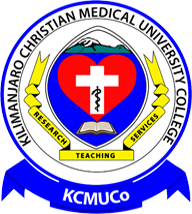

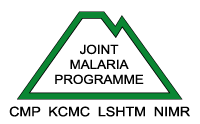

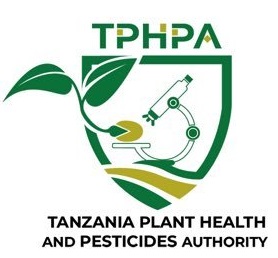



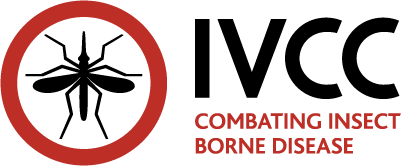






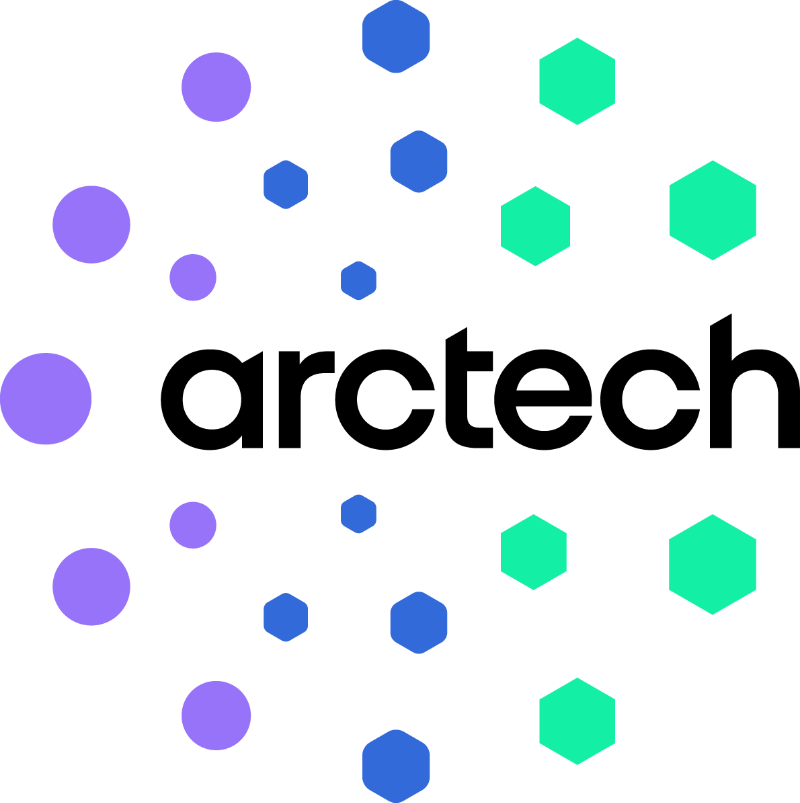



 : P.O Box 2240, Moshi Kilimanjaro, Tanzania
: P.O Box 2240, Moshi Kilimanjaro, Tanzania :
: :
:  E-project Library
E-project Library  : Data Management
: Data Management